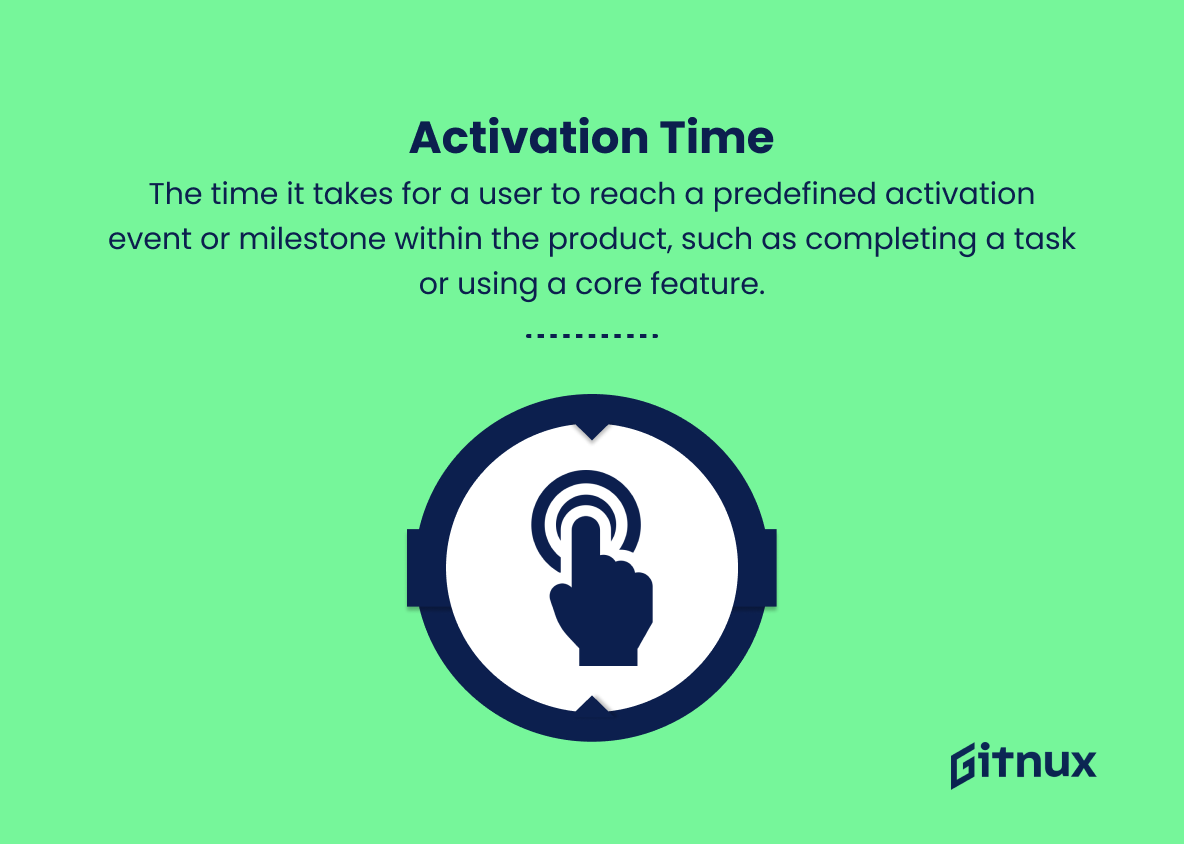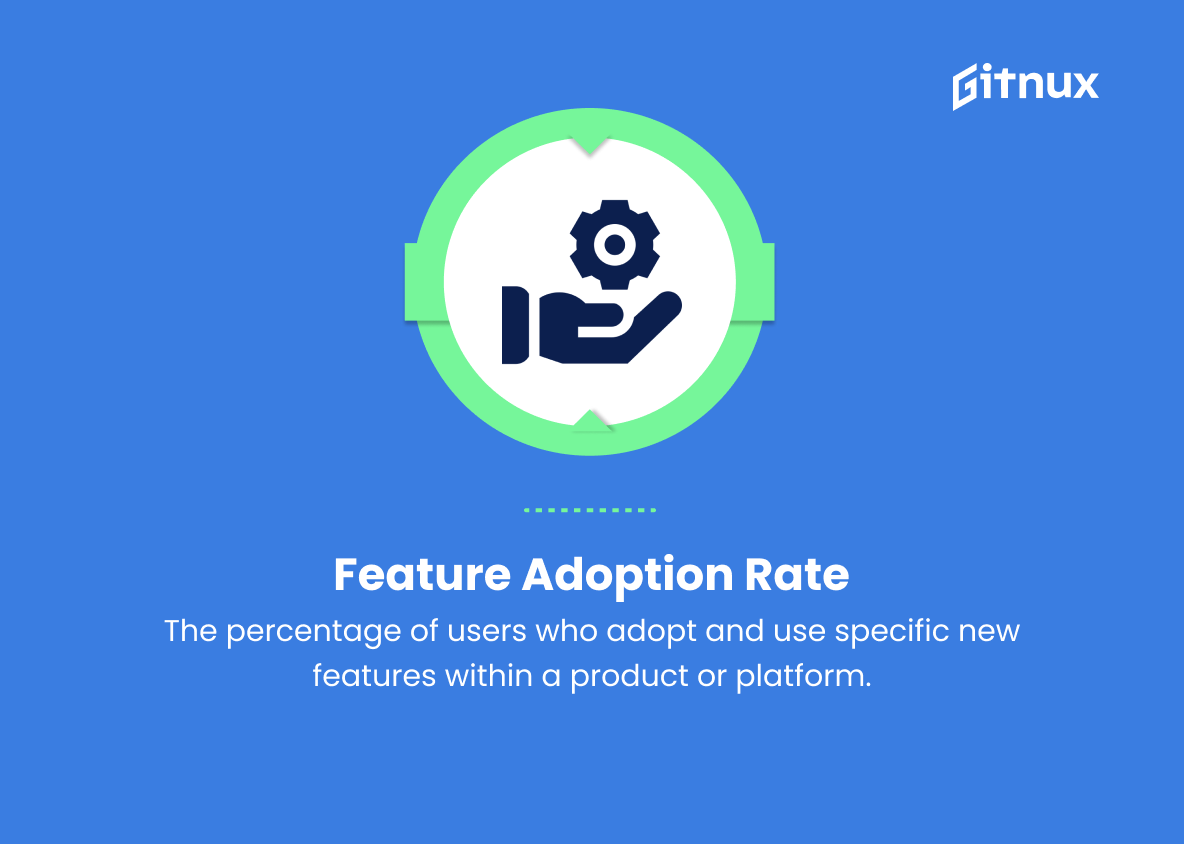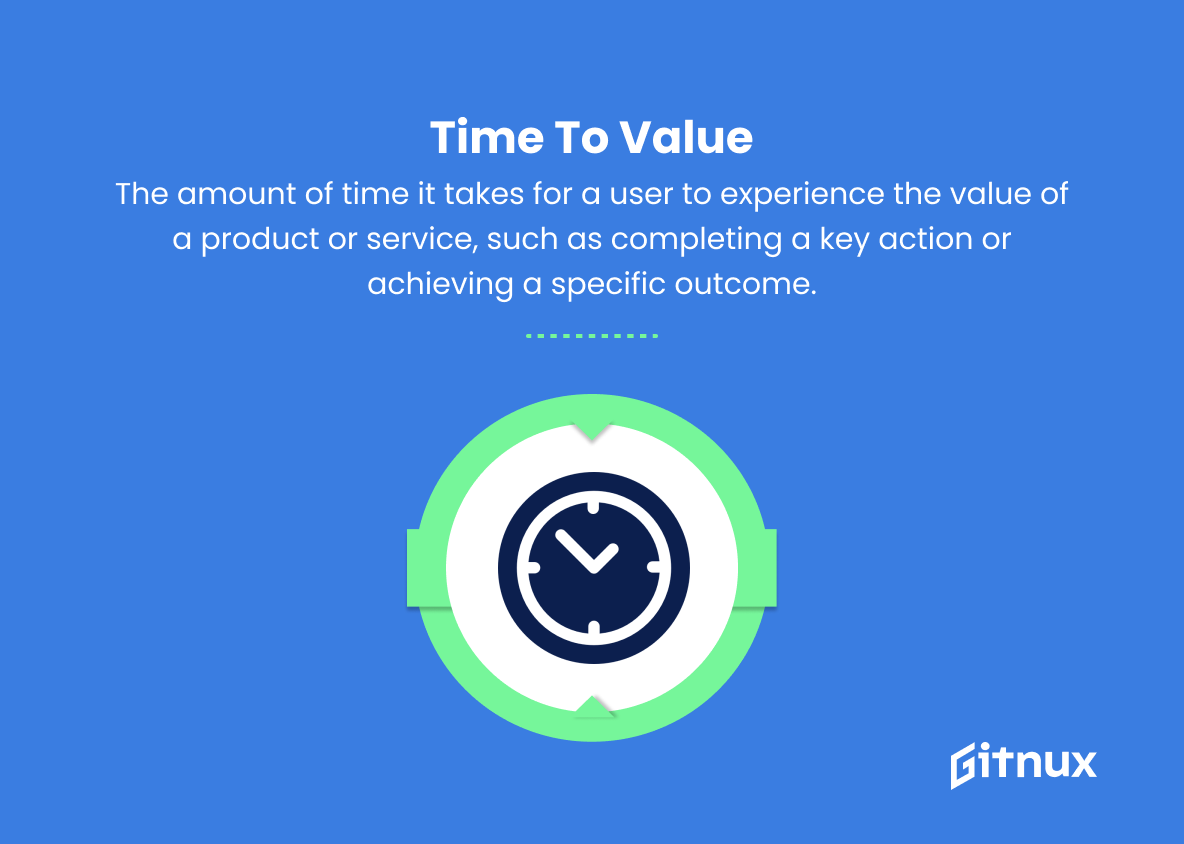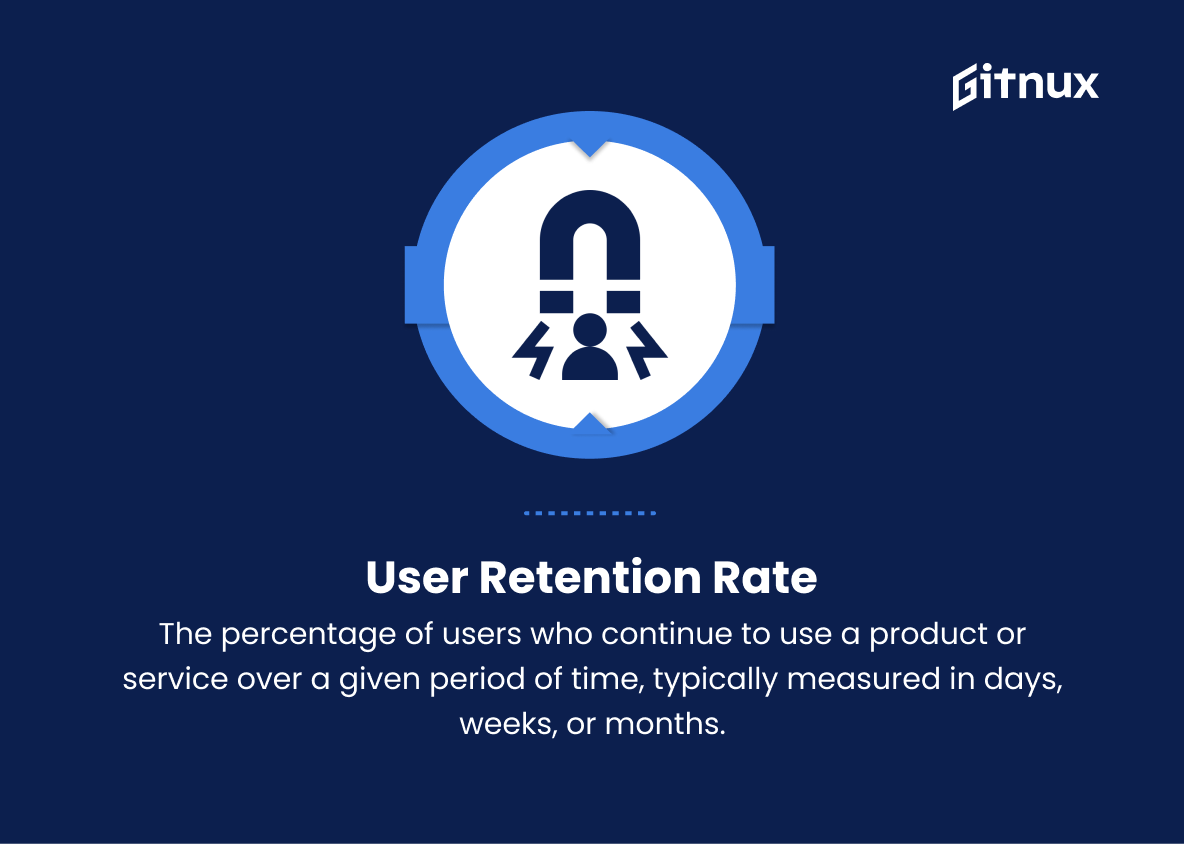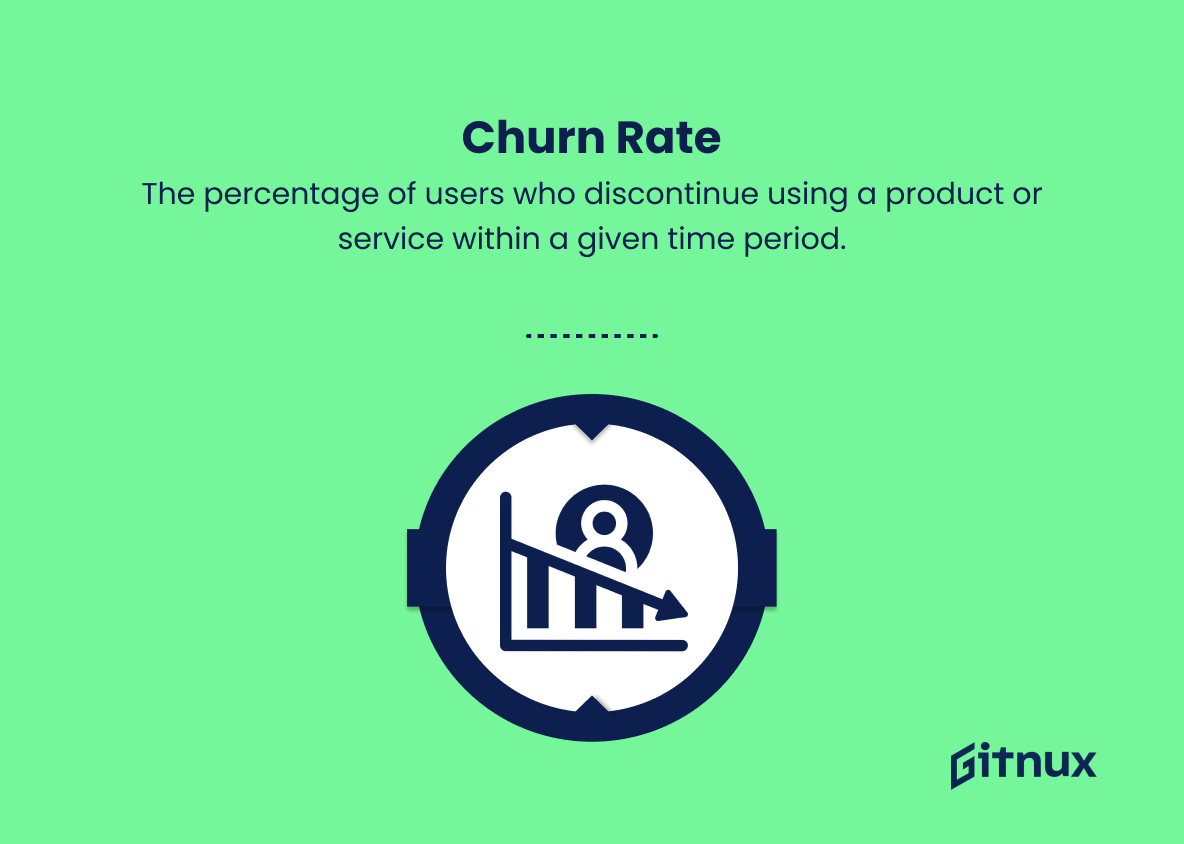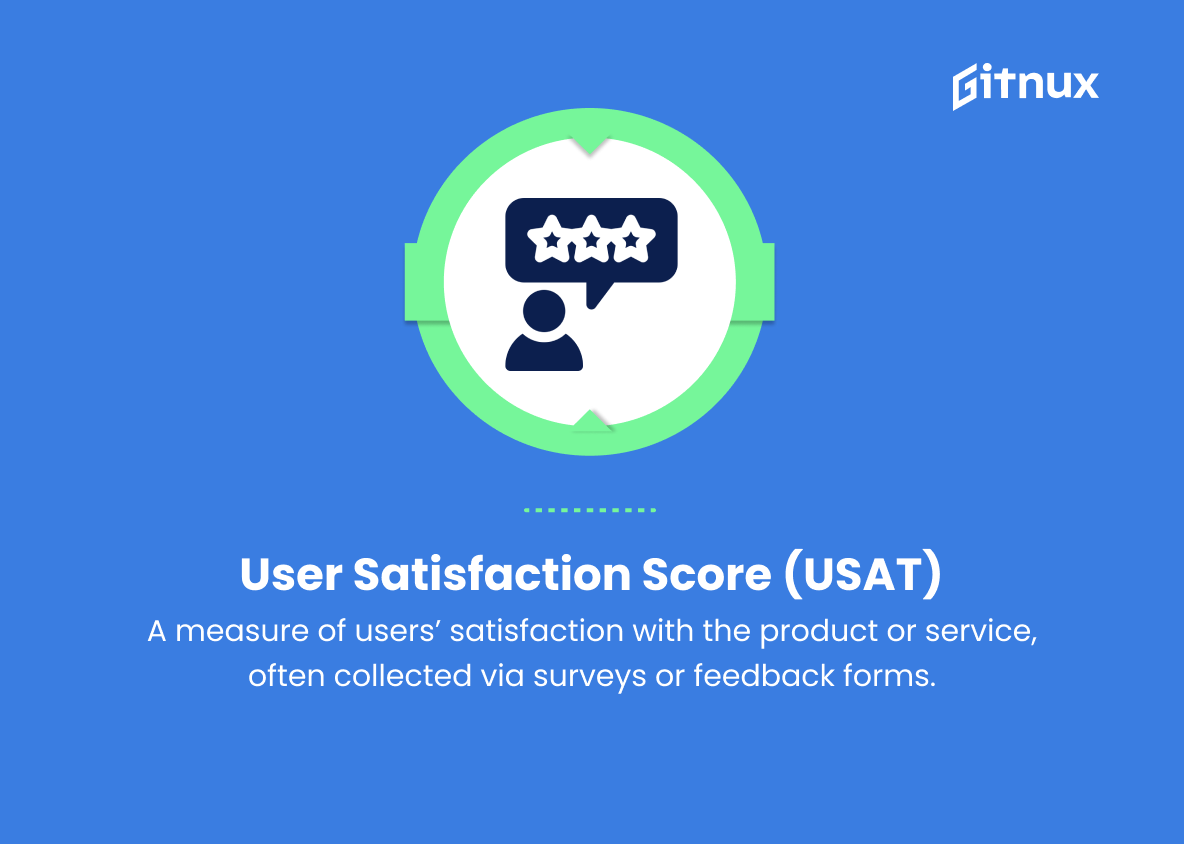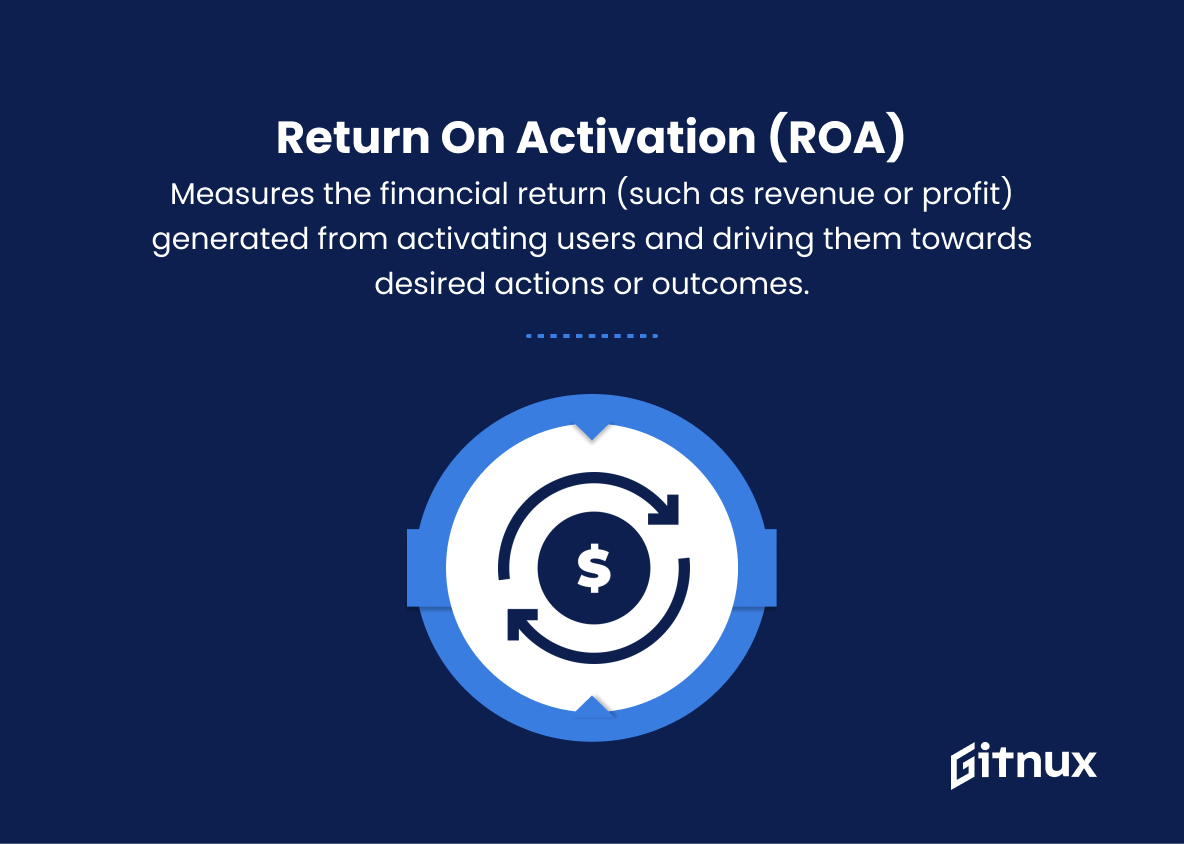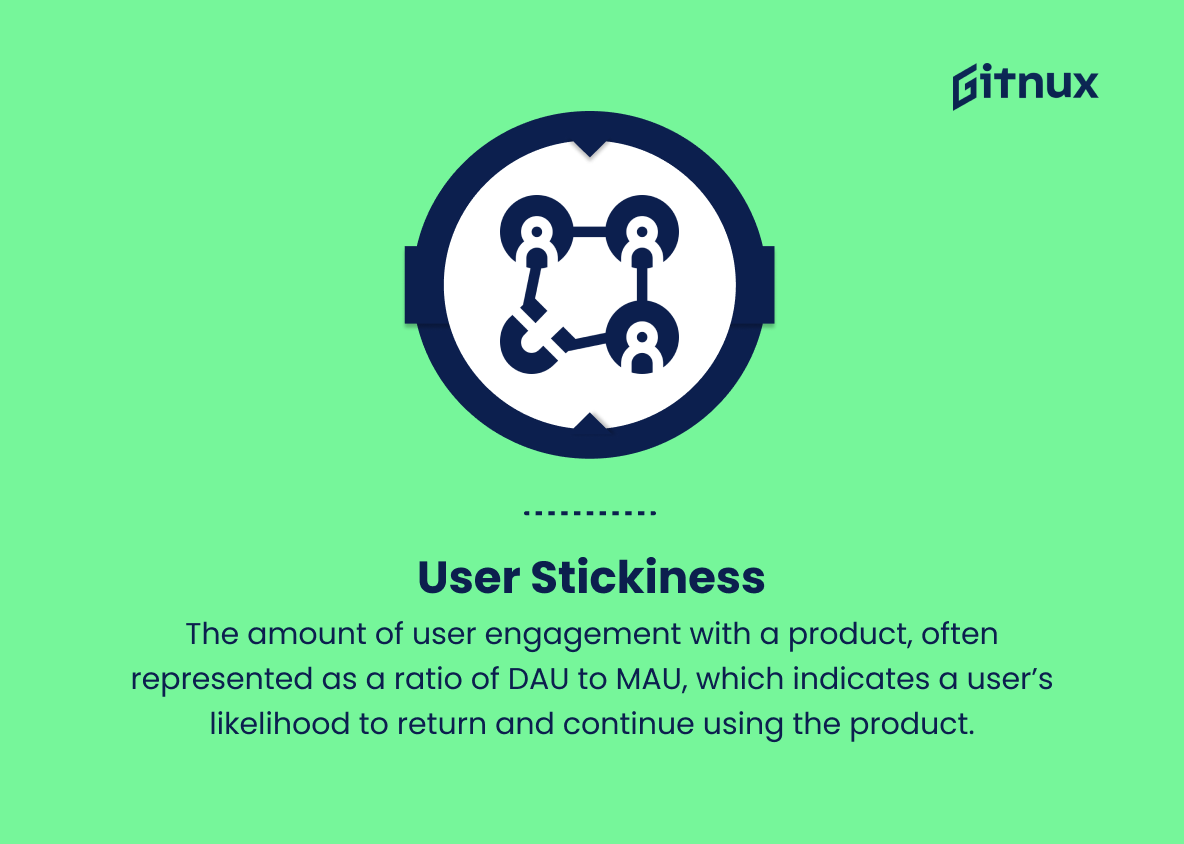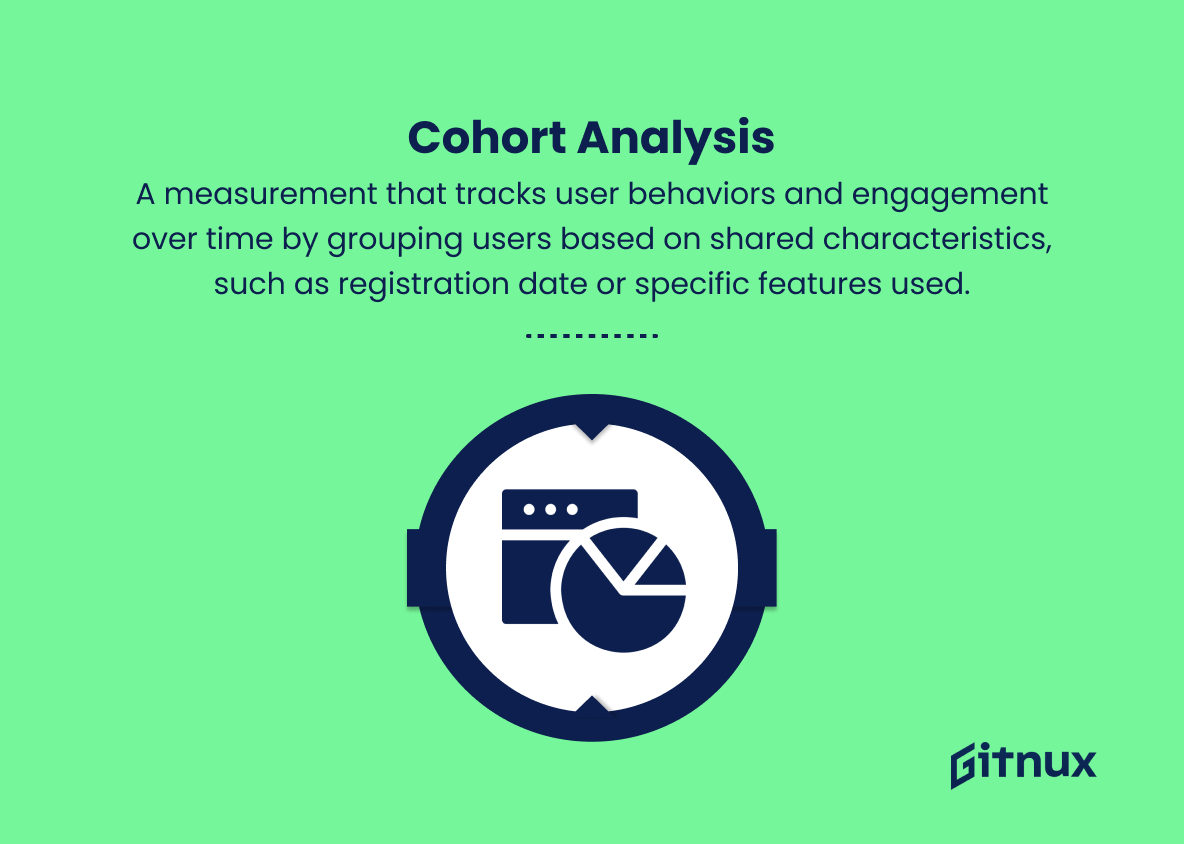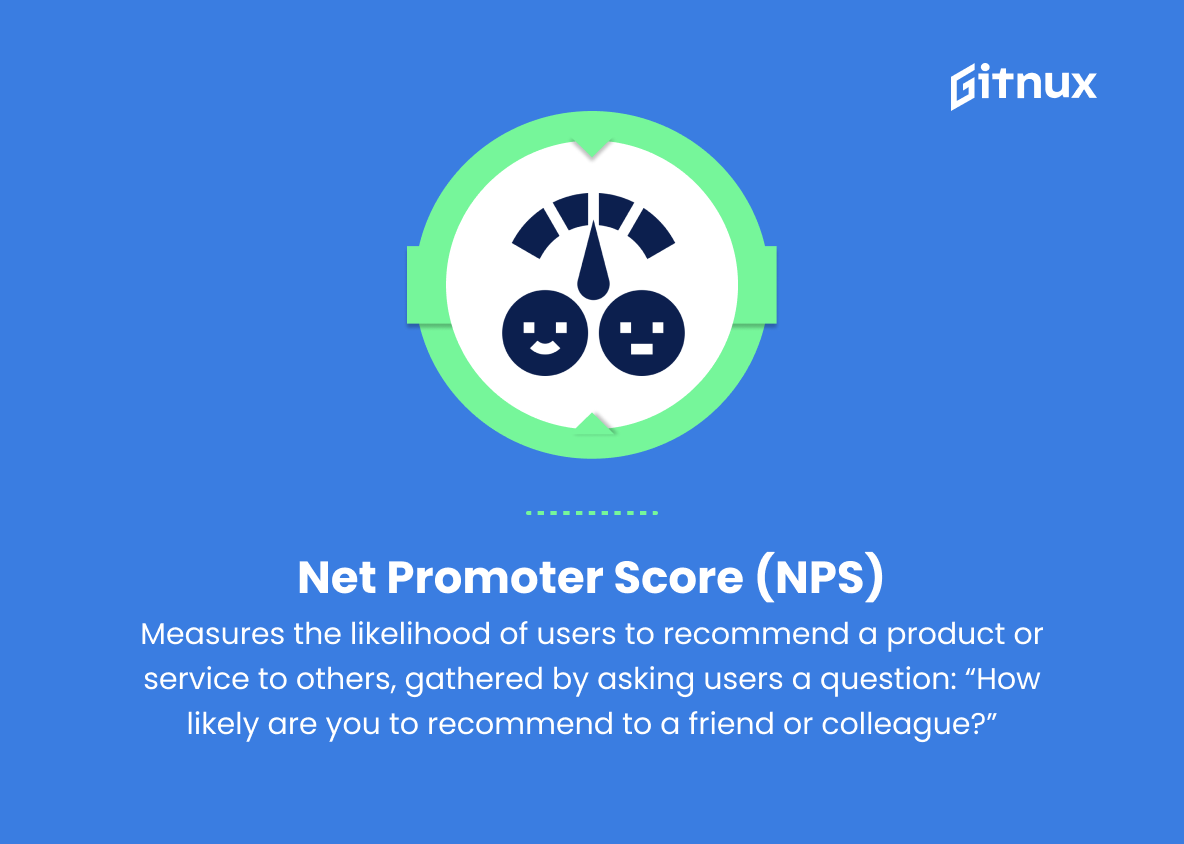In today’s data-driven world, businesses are continuously searching for innovative methods to optimize their marketing strategies and achieve higher levels of customer engagement. Activation metrics have emerged as an indispensable tool for businesses to gain comprehensive insights into the effectiveness of their campaigns, enabling them to make informed decisions and accelerate growth. In this thought-provoking blog post, we delve into the world of activation metrics, exploring their significance, application, and potential impact on your organization’s success.
Join us as we unravel the power of data analytics and how harnessing the right metrics can elevate your marketing prowess, improve customer satisfaction, and drive bottom-line results.
Activation Metrics You Should Know
1. User Onboarding Rate
Measures the percentage of new users who successfully complete the onboarding process, which often includes signing up, account activation, and product tutorial.
2. Activation Time
The time it takes for a user to reach a predefined activation event or milestone within the product, such as completing a task or using a core feature.
3. Feature Adoption Rate
The percentage of users who adopt and use specific new features within a product or platform.
4. Conversion Rate
The percentage of users who perform a desired action, such as making a purchase, subscribing to a newsletter, or upgrading to a paid plan.
5. Daily/Weekly/Monthly Active Users (DAU, WAU, MAU)
The number of unique individuals who perform a specific action or engage with a product within a given time frame.
6. Time to Value
The amount of time it takes for a user to experience the value of a product or service, such as completing a key action or achieving a specific outcome.
7. User Retention Rate
The percentage of users who continue to use a product or service over a given period of time, typically measured in days, weeks, or months.
8. Churn Rate
The percentage of users who discontinue using a product or service within a given time period.
9. User Satisfaction Score (USAT)
A measure of users’ satisfaction with the product or service, often collected via surveys or feedback forms.
10. Return on Activation (ROA)
Measures the financial return (such as revenue or profit) generated from activating users and driving them towards desired actions or outcomes.
11. User Stickiness
The amount of user engagement with a product, often represented as a ratio of DAU to MAU, which indicates a user’s likelihood to return and continue using the product.
12. Lifetime Value (LTV)
An estimation of the total revenue a user will generate throughout their entire relationship with a product or service.
13. Referral Rate
The percentage of users who invite or refer others to the product or service, usually as a result of a referral program or incentive.
14. Cohort Analysis
A measurement that tracks user behaviors and engagement over time by grouping users based on shared characteristics, such as registration date or specific features used.
15. Net Promoter Score (NPS)
Measures the likelihood of users to recommend a product or service to others, gathered by asking users a question: “How likely are you to recommend
to a friend or colleague?”Activation Metrics Explained
Activation metrics play a crucial role in understanding, analyzing, and improving the overall user experience and performance of a product or service. These metrics, such as user onboarding rate, activation time, feature adoption rate, conversion rate, active users (DAU, WAU, MAU), time to value, user retention rate, churn rate, user satisfaction score (USAT), return on activation (ROA), user stickiness, lifetime value (LTV), referral rate, cohort analysis, and net promoter score (NPS), help businesses gain insights into various aspects of the user journey.
Such insights enable companies to better understand user engagement, measure the effectiveness of new features, optimize conversion rates, and identify trends in user behavior that can inform the product roadmap. Additionally, they enable organizations to assess the financial success of their user experience strategy and make well-informed decisions to drive growth and retention. By focusing on these activation metrics, businesses can fine-tune their strategies, optimize the user experience, and ultimately achieve long-term success.
Conclusion
In summary, activation metrics play a crucial role in understanding the true value and impact of our marketing efforts. They help businesses identify areas for improvement, prioritize and allocate resources, and monitor progress towards goals. By focusing on the key performance indicators that drive growth, businesses can create a solid foundation for lasting customer relationships and long-term success. Continually tracking and analyzing these metrics ensures that businesses remain agile, responsive, and adaptable in an ever-changing market landscape. By embracing activation metrics, organizations can make informed decisions and thrive in the new age of digital marketing.

